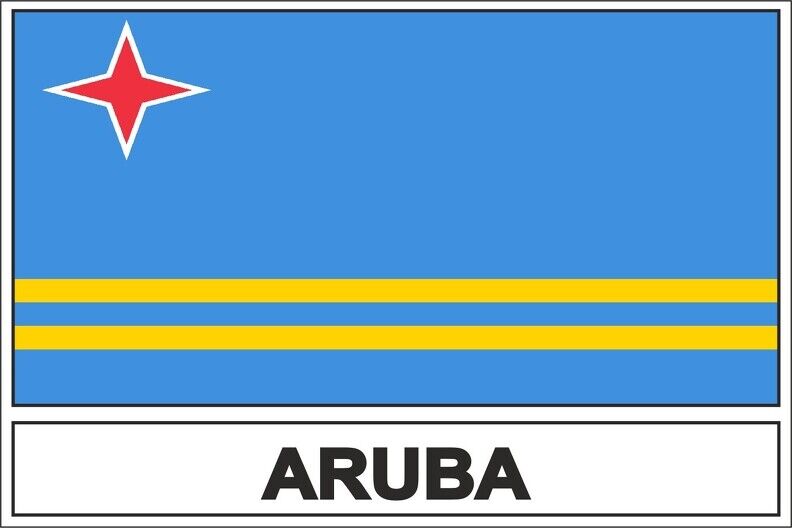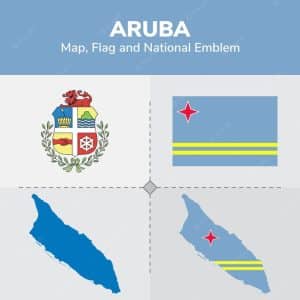Metro
Aruba: From Gold and Oil to Sun and Sand – A Brief Overview of the Island’s History and Economy

Aruba is an island in the Caribbean Sea that was discovered and claimed by Spain in 1499. It was acquired by the Dutch in 1636 and became part of the Dutch West India Company. Aruba’s economy has been influenced by three main industries: gold, oil, and tourism. The island’s earliest inhabitants were Arawak Indians, who left behind cave drawings and pottery. They migrated from South America around 1000 AD. They were mostly fishermen, hunters, and gatherers.
See population, official language and more…

Aruba map flag national emblem
In 1972, Aruba’s politician Betico Croes proposed the creation of a Dutch Commonwealth of four states: Aruba, the Netherlands, Suriname, and the Netherlands Antilles. Aruba became a separate self-governing part of the Kingdom of the Netherlands in 1986. Gold was discovered in Aruba in 1824, and for more than a century, the island was a major producer of the precious metal. The gold industry declined in the early 20th century, and the last gold mill closed in 1916. You can visit the ruins of some of the old gold mills on the island, such as the Bushiribana Gold Mill.
Oil was another important source of income for Aruba, especially after the opening of the Lago Oil and Transport Company refinery in 1928. The refinery was one of the largest in the world at the time, and employed thousands of workers from different countries. The refinery closed in 1985 but reopened in 1991 under a different company.
It closed again in 2012, and its future is uncertain. Tourism is currently the main pillar of Aruba’s economy, accounting for more than half of its GDP. Aruba attracts millions of visitors every year, who enjoy its white-sand beaches, rugged coastline, desert landscape, and cultural diversity. Aruba has a high standard of living, a stable political system, and a low crime rate. However, tourism also poses challenges for the island’s environment, infrastructure, and social cohesion.





